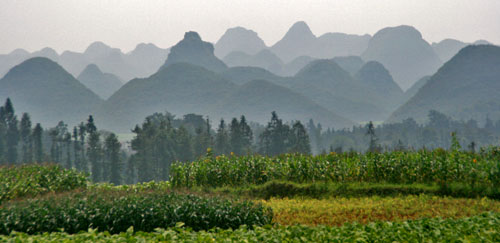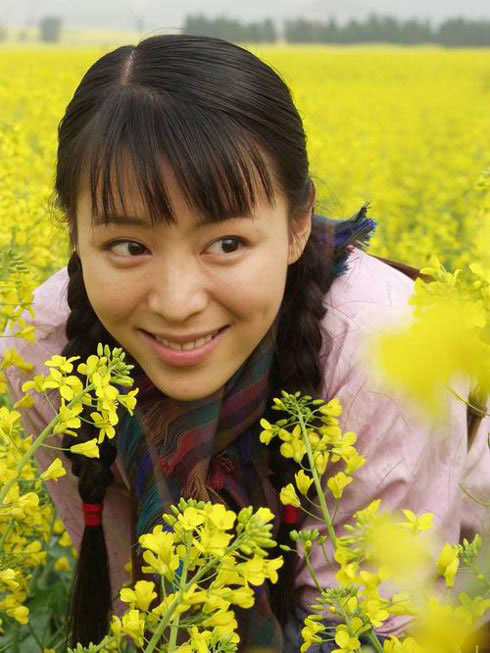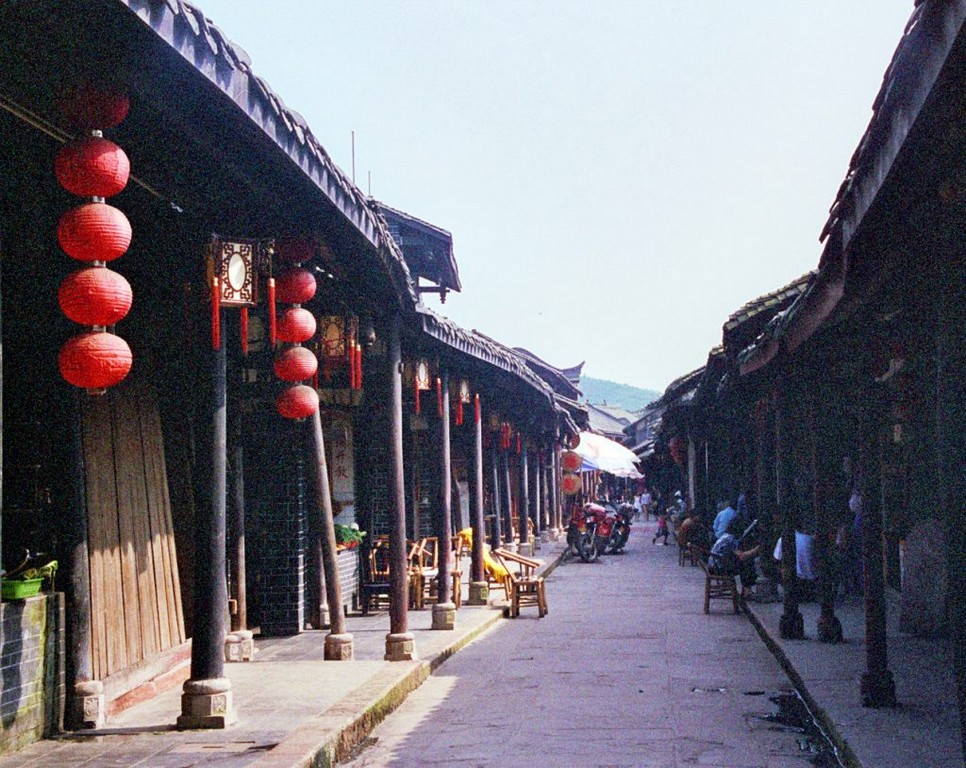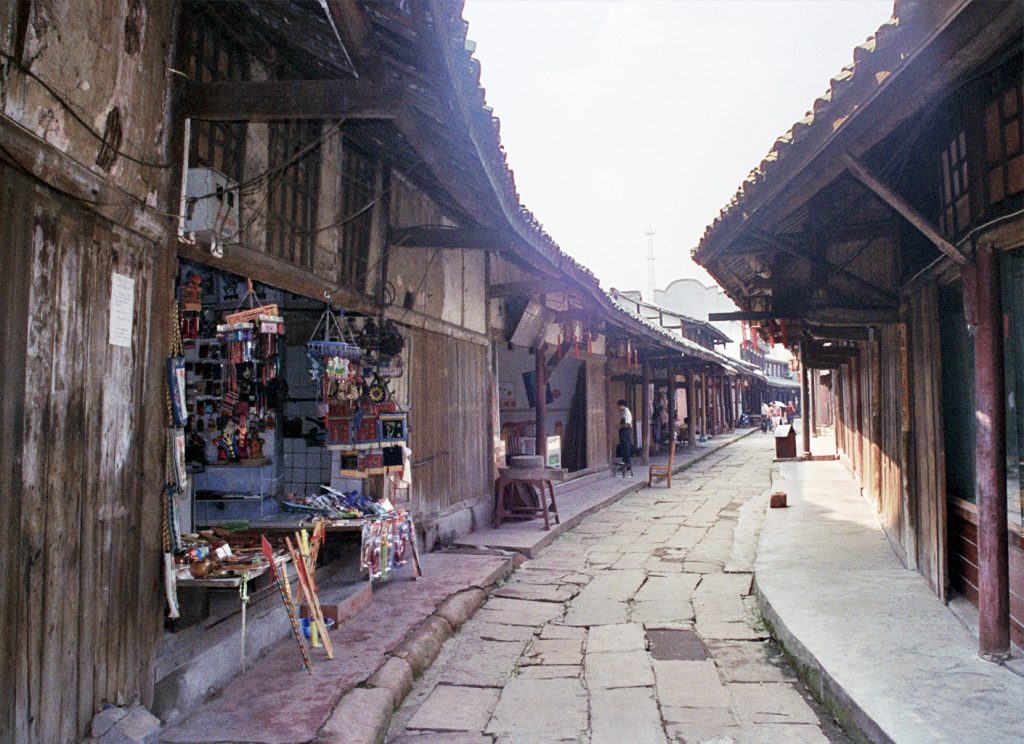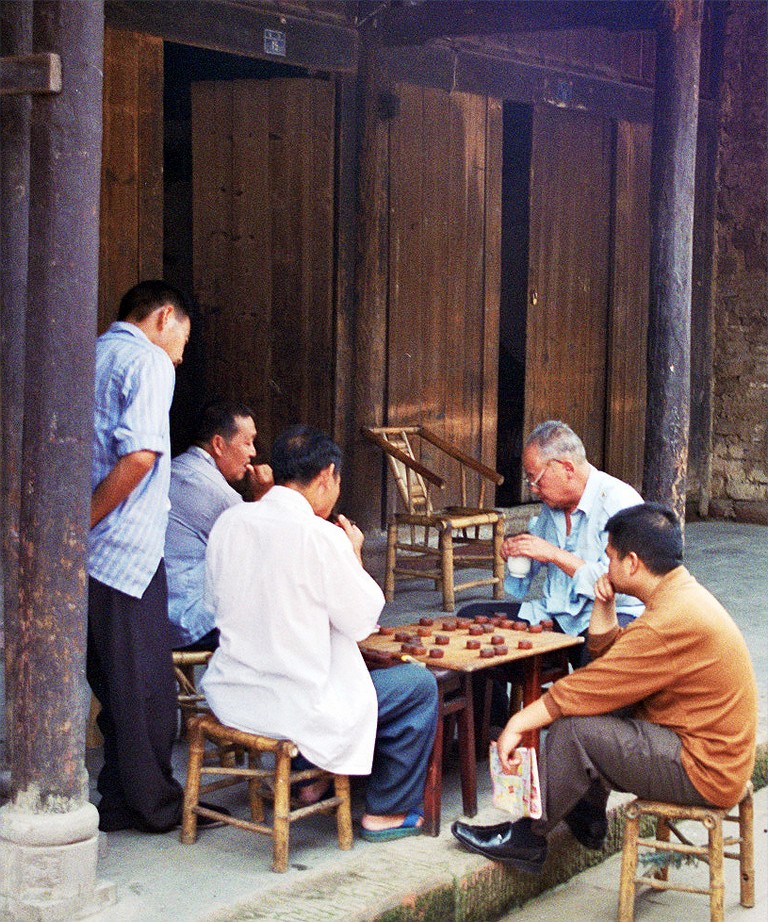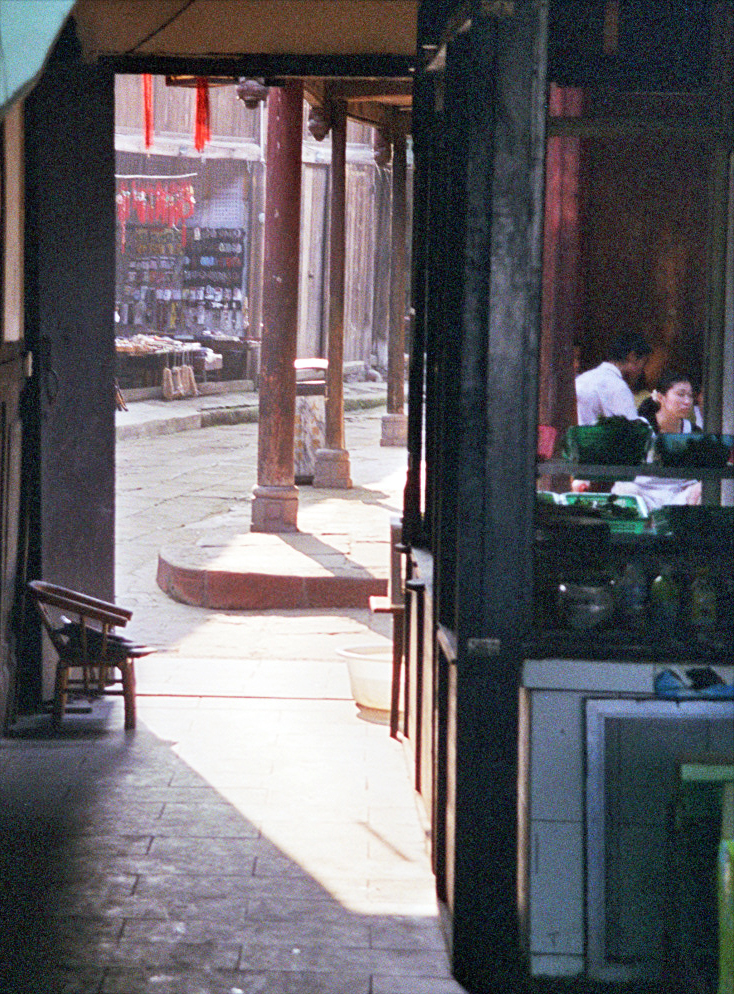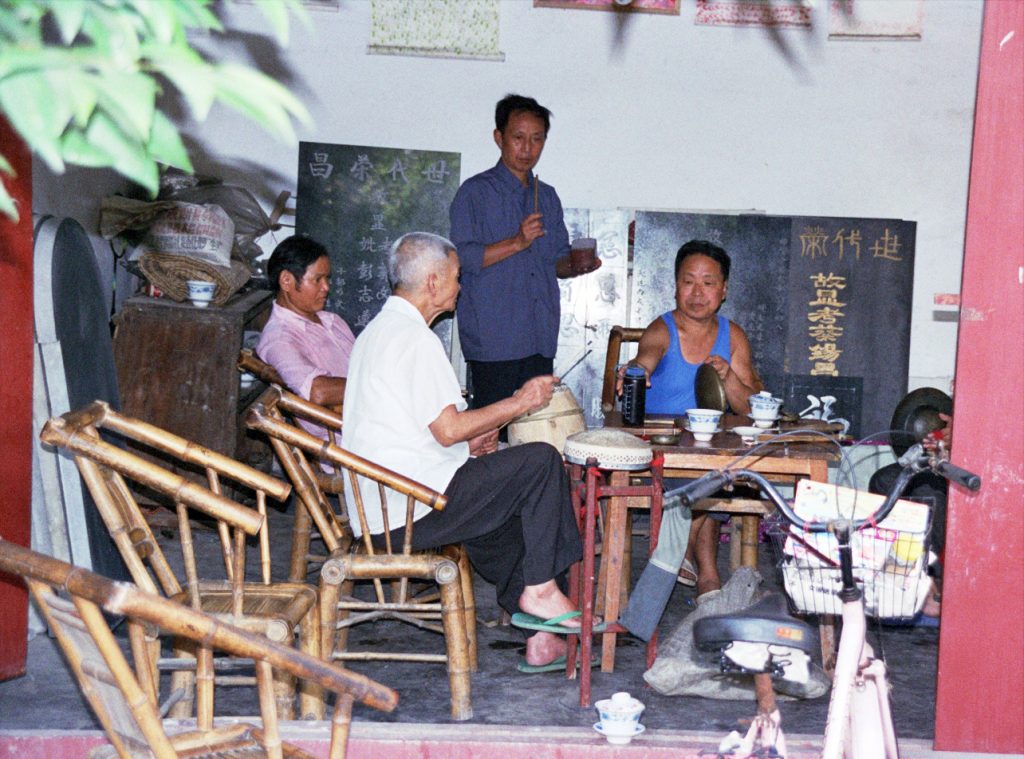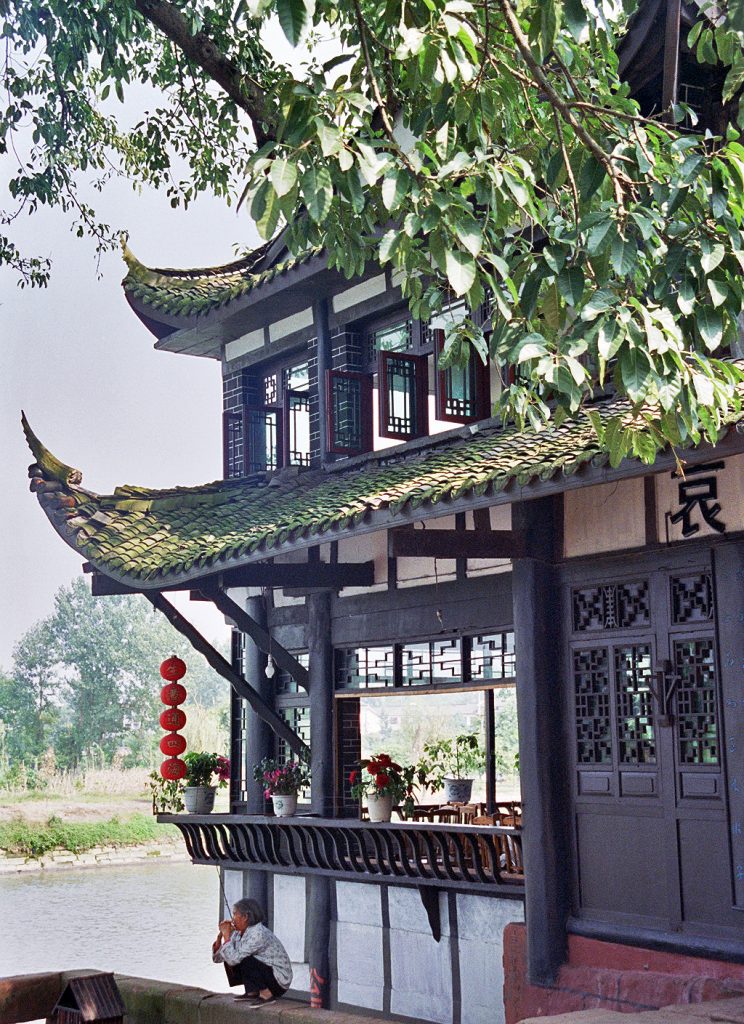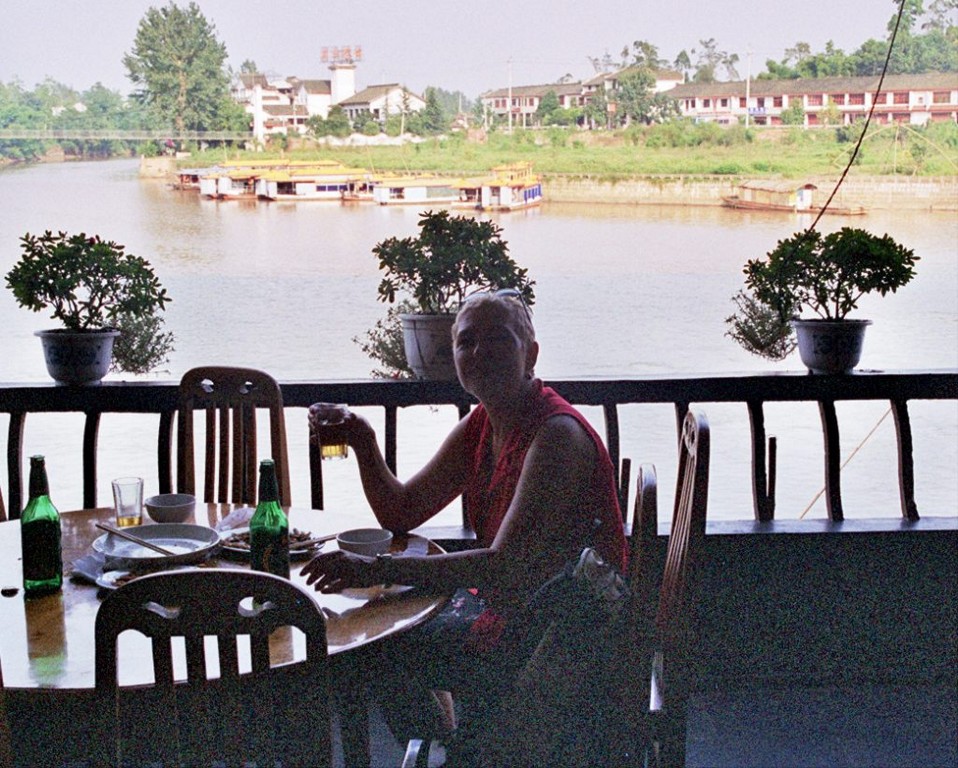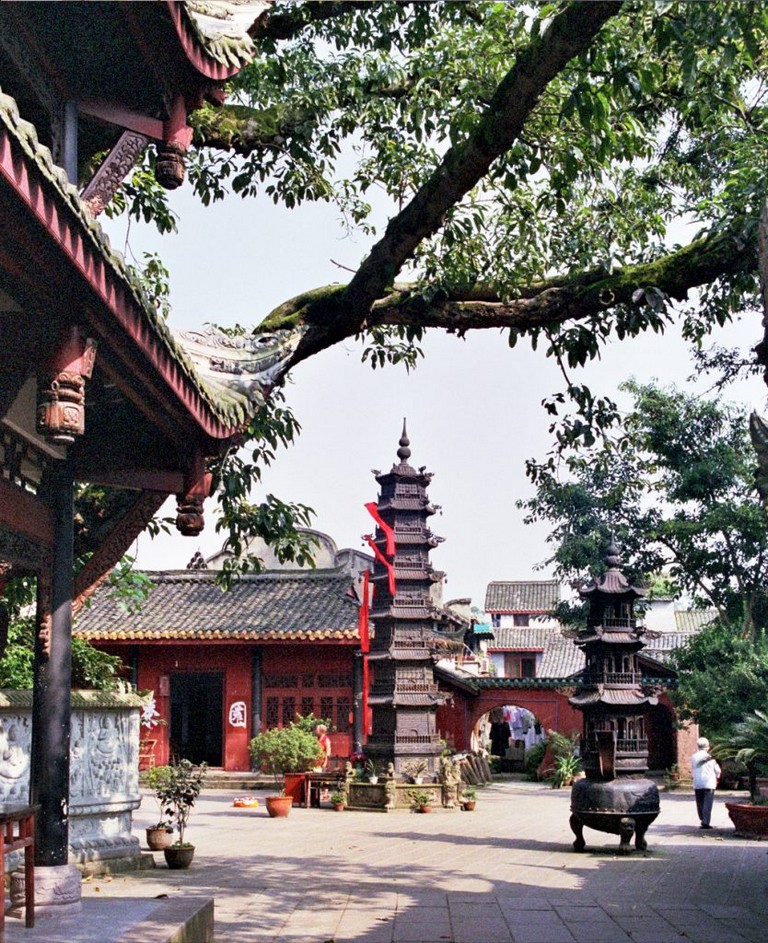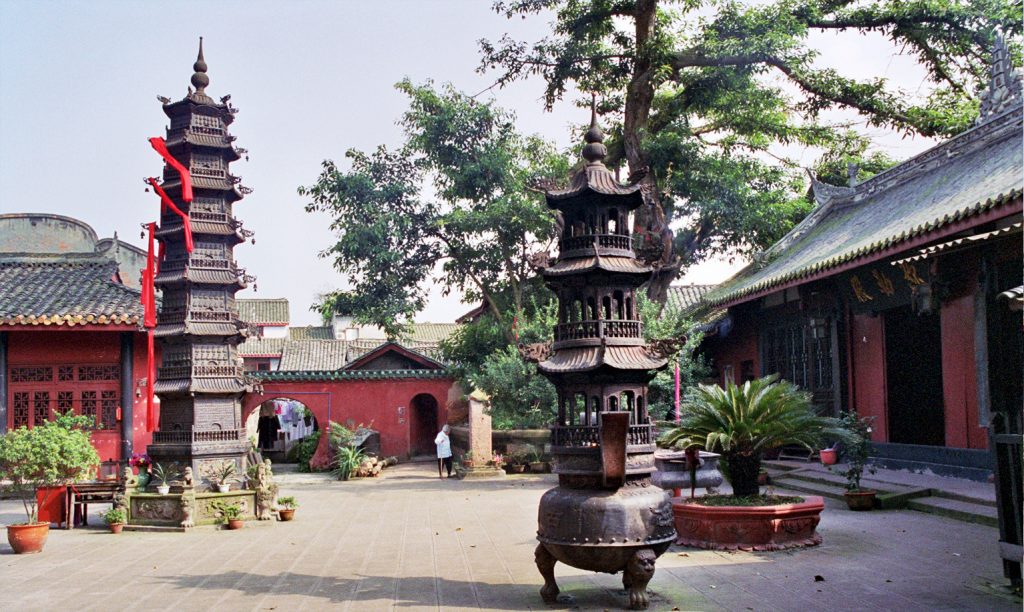Flowers of War (金陵十三钗) & City of Life and Death 南京! 南京: Two Films One Story
Two films, one story
Zhang Yimou’s new film on the massacre in Nanjing, Flowers of War (金陵十三钗), is the second major Chinese production to hit international cinemas on this topic in the last few years, the other being Lu Chuan’s City of Life and Death (南京 南京). Having now seen both, I’ll try to compare and contrast them.
Both films are set during the early days of the Japanese conquest and occupation of Nanjing (南京) in 1937; Nanjing which was then the capital of the Republic of China. It was during this period that the Japanese committed the atrocities that were to become known as the “The Rape of Nanjing”. It is estimated that over 300,000 people were killed and thousands of women raped.
City of Life and Death(南京! 南京!) by Lu Chuan
Filmed in black and white, Lu Chuan’s film conveys all the horrors and brutality of the destruction of Nanjing and its people under the Japanese occupation. Grey scene after scene, tense, gripping, and harrowing scene after scene, the spectator is left numb by the cruelty meted out by the Japanese army. The scene where the Japanese machine guns kill off the Chinese prisoners of war is horrific; yet, it represents the true events that took place on December 18, 1937, on the banks of the Yangtze River.
Lu Chuan was heavily criticized in China
Nonetheless, in spite of the gruesomeness of his film, Lu Chuan was heavily criticized in China for showing the human face of (some of) the Japanese. At the end of the film, the young Japanese soldier Kadokawa is overwhelmed and tortured by shame and remorse for what his fellow countrymen have been doing in Nanjing. Apparently, Kadokawa’s show of feeling contradicted the Chinese Government’s official version that each and every Japanese soldier in Nanjing was nothing less than an unrepentant and murderous rapist. Lu Chuan, apparently, even received death threats for having shown this side of the conflict. However, despite this one slight tilt towards showing some kind of Japanese humanism in Nanjing, I must admit that the Japanese still come out of this film looking pretty bad, for want of saying anything stronger.
Continue reading “Flowers of War & City of Life and Death”

